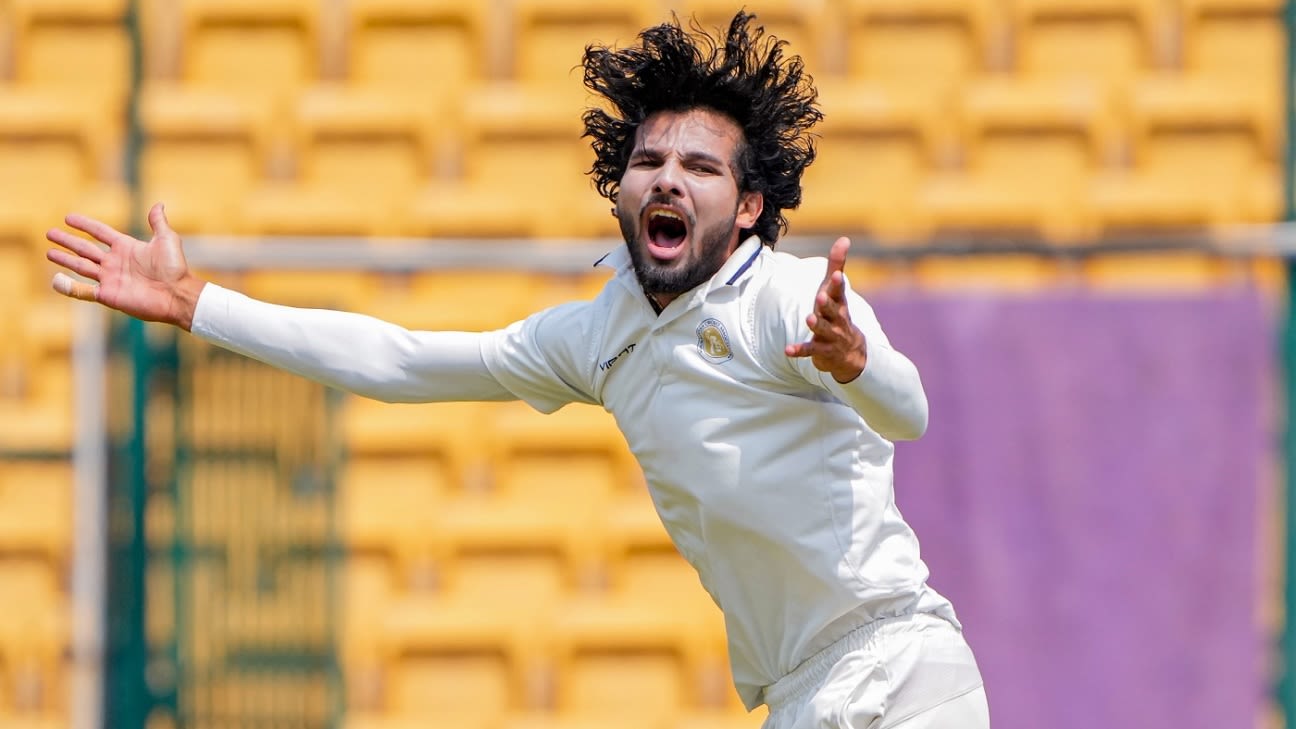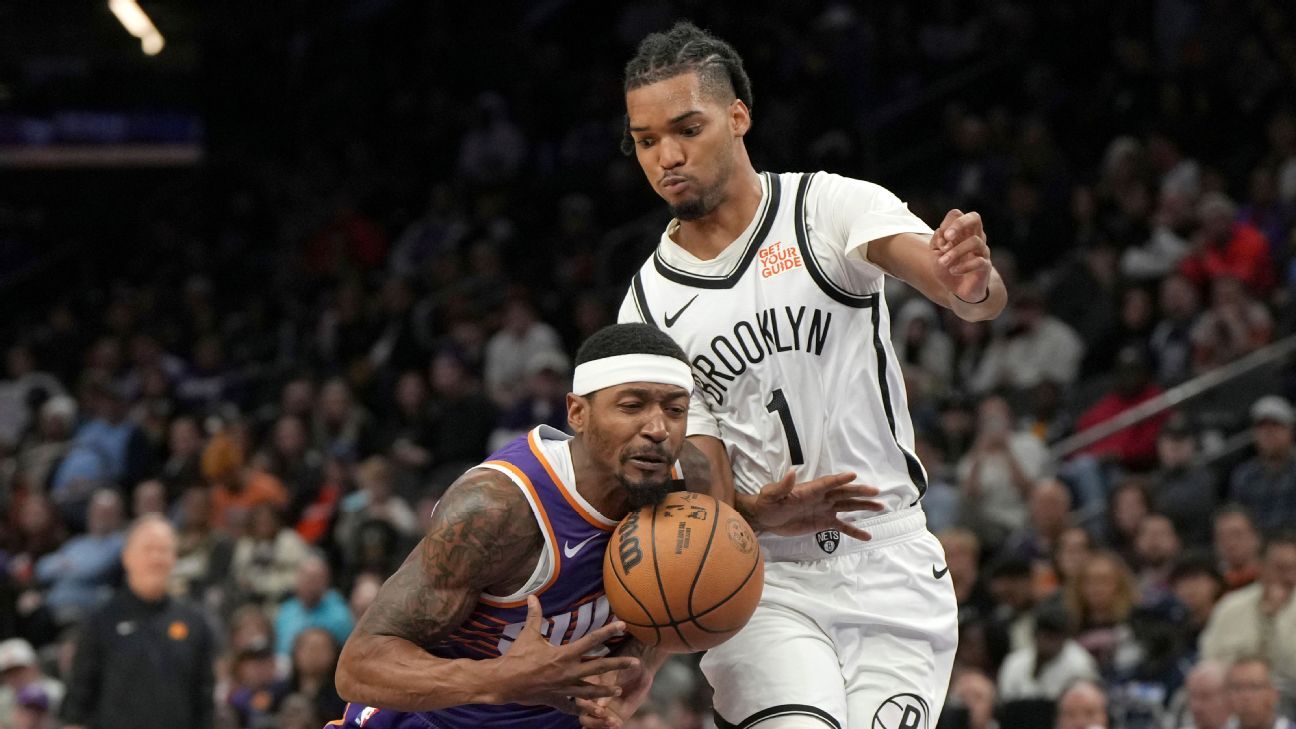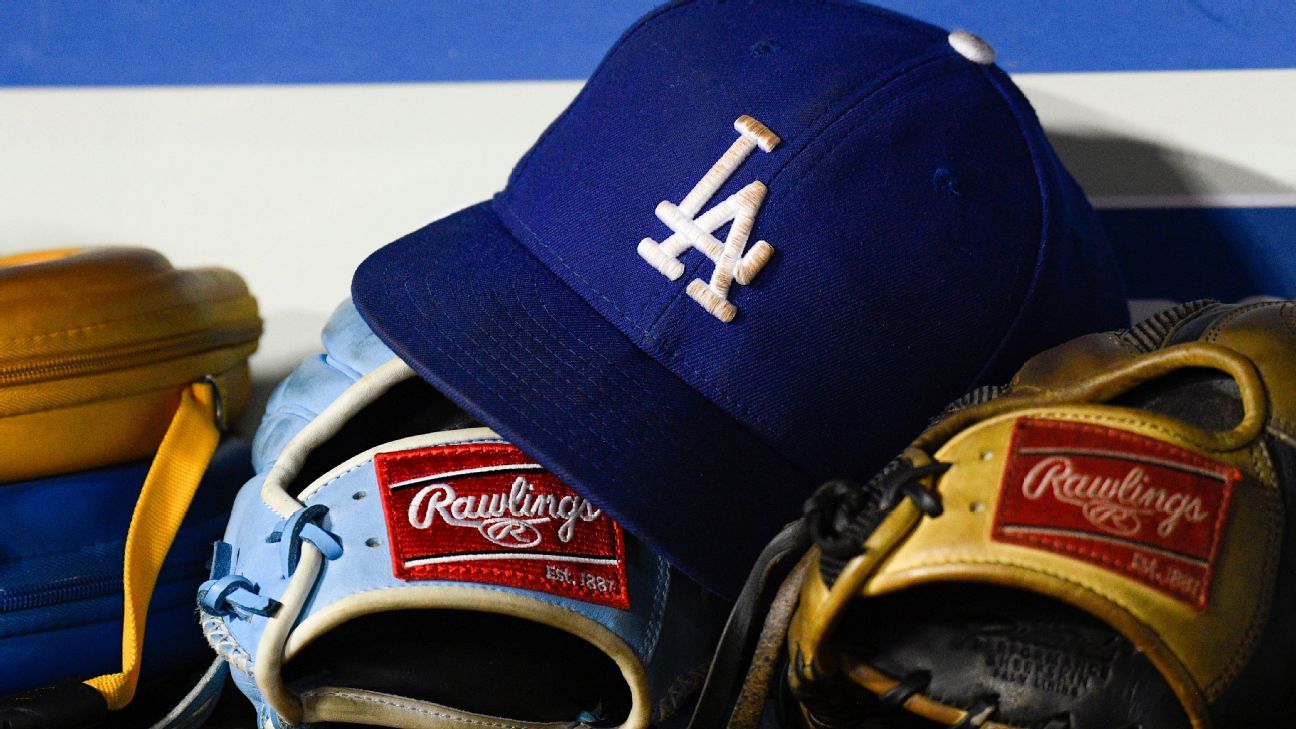The 2022-23 Ranji Trophy final between Bengal and Saurashtra in Kolkata from February 16-20 is set to feature a "full version" of the Decision Review System (DRS). Several teams had requested such a provision from the quarterfinals onwards.
The complete use of DRS will be a shift from the
"limited DRS" the BCCI had used during the knockout matches of the 2019-20 season. That version did not comprise ball-tracking and UltraEdge, the two key elements of the system used in international cricket.
"It's good news that it's (DRS) being implemented in the final," said Bengal captain
Manoj Tiwary. "I feel it should be there in all matches that are being telecast live. All teams come through the league stages, and we have seen many mistakes.
"It would be good if all live matches have DRS. But our focus is on the match. I hope we won't need any assistance from DRS and the field umpires will make the right decisions. But, yes, it will give an opportunity to the batters and bowlers."
Incidentally, the board introduced a watered-down version after several incidents of poor umpiring in the 2018-19 season. Most notably, the
absence of DRS became the focus during a contentious
Ranji Trophy 2018-19 semi-final when Karnataka were aggrieved by umpiring errors, believing that
Cheteshwar Pujara had been reprieved early in his innings because of the absence of technology. Pujara went on to make an unbeaten century in the fourth innings to steer Saurashtra to the final. In the aftermath, players from both teams welcomed the use of technology in some form.
When the BCCI finally introduced it in the 2019-20 season, the absence of ball-tracking led to a number of erroneous decisions. Without that provision, the third umpire wasn't empowered to overturn an on-field decision where the only doubt was if the ball would hit the stumps or not. The fielding team wasn't allowed to review an lbw decision if the on-field umpire felt the ball would've missed the stumps. This led to several voices at the time suggesting the system was far from "foolproof".
"Ultimately it's the ball-tracker that leads the third umpire to the decision," former Mumbai captain
Amol Muzumdar had said. If the ball-tracker is not there, it's not foolproof at all. But I don't think this particular system is for lbw decisions. The only thing it's intended for is nicks that are sometimes not heard by umpires, something as blatant as Pujara's dismissal in the semi-final last season. So, in that sense, I think it worked pretty well."
Instances such as these have now forced the BCCI's hand in including the full DRS for a crucial game. As such, only a handful of matches are televised during a long domestic first-class season, and the lack of broadcast facilities in several venues makes it near impossible to implement technology for all teams. At the time, Saba Karim, BCCI's GM for cricket operations, had said the board wanted to offer uniformity for all teams and that was only possible starting from the knockout stages.
















 Phone: (800) 737. 6040
Phone: (800) 737. 6040 Fax: (800) 825 5558
Fax: (800) 825 5558 Website:
Website:  Email:
Email: 






